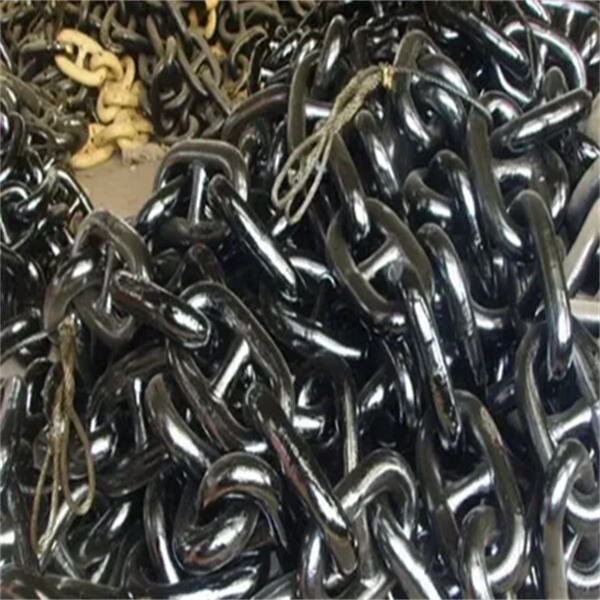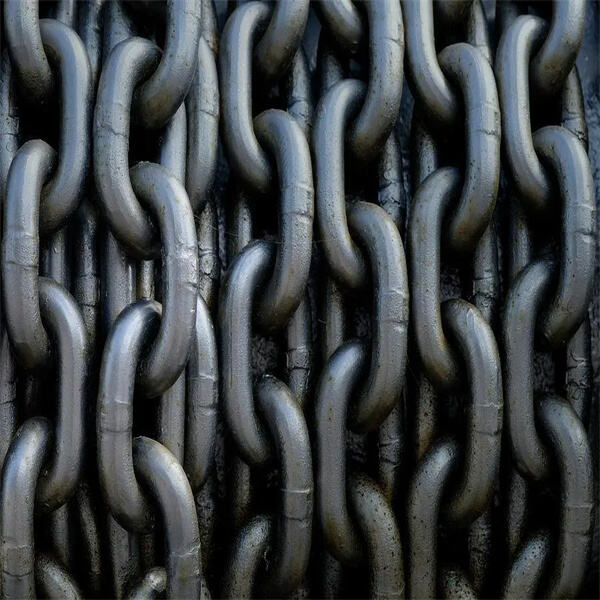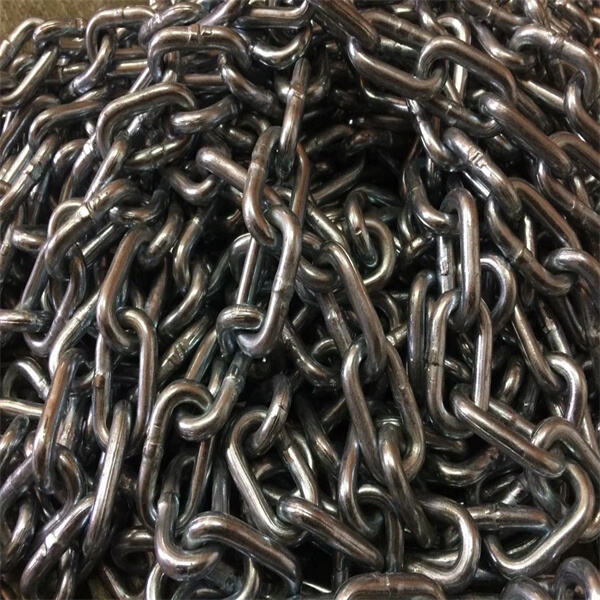Você já se perguntou como um navio flutuando na água permanece em um lugar e não se move muito? A resposta para essa pergunta é uma ferramenta vital conhecida como âncora! Então, uma âncora é uma peça de metal pesado anexada a uma forte corrente. Sua função principal é manter o navio no lugar para que ele não se afaste por causa das ondas, ventos fortes ou correntes de água. Este texto ensina você sobre por que é igualmente essencial ter uma âncora pesada, como devagar mas com certeza encontrar a âncora adequada para o seu barco, como soltar a âncora e recolhê-la, e este artigo ensina sobre o tratamento correto e os mais recentes estilos de âncoras que você pode comprar.
Assim como qualquer navio que flutua na água, ter um bom ancra é necessário. É vital para a segurança e proteção do navio. A âncora mantém o navio parado, efetivamente imobilizando-o. Isso é crucial, pois protege a tripulação e os passageiros de danos. Se um barco flutuar facilmente e aleatoriamente, ele pode colidir com outros barcos — ou até mesmo atingir cais e docas, desengatando-se e causando danos a si mesmo e a tudo em seu caminho. Uma boa âncora deve ser forte o suficiente para suportar ventos fortes e águas agitadas. Isso mantém o navio onde ele foi projetado para estar quando o clima fica ruim. Para o capitão do navio, a segurança é prioritária, e uma âncora confiável é uma parte crítica dessa segurança.
Escolher um ancra para o seu navio, por vezes, não é uma tarefa fácil. Não todas as âncoras são iguais, elas variam com base no tipo de barcos e condições da água em que serão utilizadas. O tipo de âncora que você usará pode variar dependendo do tamanho e peso do seu navio, além do tipo de clima que você pode estar enfrentando durante sua viagem. As duas âncoras mais utilizadas são a âncora de flanco e a âncora de garra. A âncora de flanco é bastante versátil, o que significa que ela se adapta a muitos tipos diferentes de ambientes. Ela se destaca em fundos arenosos ou lamacentos. Em contraste, a âncora de garra é uma força a ser considerada em águas ásperas e rochosas. Ela tem uma forma única que permite que agarre melhor o solo nessas condições. Faz diferença saber qual tipo de âncora usar ao manter seu navio parado.
Levantar e soltar a âncora é uma tarefa que precisamos planejar com antecedência e trabalhar em equipe. Quando o capitão finalmente decide soltar a âncora, ele precisa ter certeza de que o navio está no lugar certo e com bons ventos. - Verificar se a corrente da âncora está disposta corretamente e não está emaranhada ou nósada. Se a corrente presa não se desenrolar corretamente, a corrente ficará presa ao tentar soltar a âncora. Após preparar tudo, a âncora pode ser baixada suavemente até o fundo do mar pelo capitão.

Isso é tão importante quanto lançar o anchora e recuperá-la. Quando chega a hora de içar o anchora, a tripulação deve ser muito detalhista. À medida que a corrente sobe a bordo, ela deve ser lavada para remover qualquer sujeira ou lama que possa ter grudado nela. Isso protege o anchora e a corrente contra corrosão. Eles também devem inspecionar o anchora e a corrente para garantir que não haja danos ou desgaste nestes componentes. O anchora deve ser reparado imediatamente se forem encontrados problemas para garantir que esteja seguro para uso na próxima viagem. Ao fazer essas coisas, você pode ter certeza de que o anchora funcionará bem sempre que for usado.

Há uma coisa a lembrar sobre seu ancora se você for usá-la por um longo período. Manutenções e inspeções periódicas são essenciais para garantir que a âncora esteja em perfeitas condições. A âncora deve ser verificada regularmente quanto a quaisquer sinais de desgaste ou danos. Isso pode envolver verificar sinais de ferrugem, rachaduras ou outros danos. A corrente também deve ser inspecionada quanto a torções e dobras. Qualquer área danificada encontrada deve ser reparada o mais rápido possível. A própria corrente precisa ser limpa e lubrificada regularmente, sendo tão importante prevenir a ferrugem quanto mantê-la movendo-se livremente. Se você cuidar da sua âncora, ela estará disponível para muitas viagens de vela nos próximos anos.

Este novo e inovador design para âncoras está mudando significativamente a forma como elas funcionam. A tecnologia mais recente está sendo usada para criar novas âncoras, tornando-as mais eficientes e confiáveis. Alguns dos novos designs têm recursos que ajudam os marinheiros a usar uma âncora. Por exemplo, algumas âncoras possuem sistemas de recolhimento automático. Isso significa que a âncora se recolhe automaticamente e de forma segura sem necessitar de assistência adicional. É um recurso prático quando as coisas ficam movimentadas e a tripulação deve cumprir a tarefa no tempo certo.
A ZHENJIANG STAR GROUP considera a qualidade como uma promessa fundamental para seus clientes no setor marítimo. Como uma fábrica responsável de acessórios para a indústria marítima, a ZHENJIANG STAR GROUP acredita que estética, segurança, desempenho sólido e durabilidade são os elementos básicos
ZHENJIANG GROUP A ZHENJIANG GROUP é uma exportadora e produtora líder no setor marítimo. Nosso portfólio inclui corrente de âncora para navios, Âncora, Acessórios para Convés, Bita de Atracação, Defensa de Borracha e outros produtos. Também podemos oferecer serviços de produção e design sob demandas especiais. Certificados emitidos por sociedades classificadoras, tais como ABS, LR, BV, CCS, DNVGL, KR, NK, Rina, RS e outras, podem ser obtidos.
Somos um fabricante renomado de correntes de âncora e possuímos rigorosos controles de qualidade nas correntes de âncora para navios que produzimos. A ZHENJIANG STAR GROUP oferece uma variedade de âncoras e correntes de âncora para navios. Se você está procurando acessórios para o setor marítimo, pode navegar em nosso site para encontrar as soluções adequadas.
Temos três armazéns nos quais armazenamos nossos produtos. Temos um grande estoque de matérias-primas. Produziremos seu pedido o mais rapidamente possível para enviar a corrente de âncora, para que você receba os produtos quando precisar.